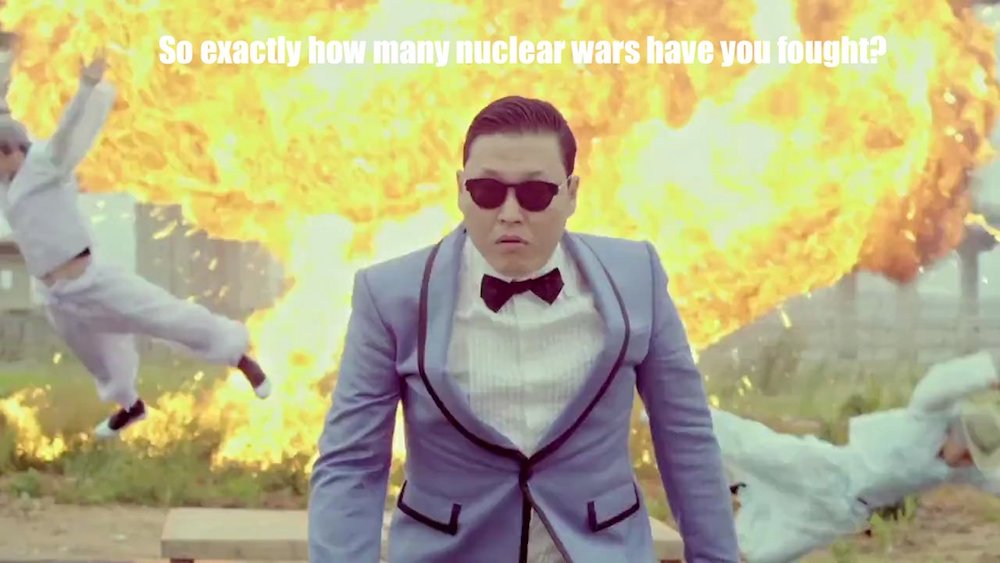Where once we had red phones, we now have red buttons. The imagery of nuclear negotiation has morphed to reflect the times. When deterrence is based on mutually assured destruction, the need for direct negotiation to avoid misconstrued emoticons is paramount. But with North Korea the destruction isn’t assumed to be evenly shared – hence the bigger button – though perhaps the better image is a battery of buttons (or is the collective noun a ‘minefield’?).
Just how the US imagines it can prosecute regime change is the realm of Monte Carlo simulations. We can be sure that they have their plans, and that they are unlikely to include nuclear weapons – except as a retaliatory contingency. So what can we learn from negotiating nuclear-style?
- Power asymmetry isn’t all it cracked up to be – Can the US really sustain an atomic explosion on its landmass? Can the US really justify total annihilation of the North in response? These are the implied positions – neither seem particularly sustainable. The implication is that bargaining from a position of relative strength doesn’t help, if the ramifications for any action using your strength are likely to be poor. There are no good nuclear wars.
- You go first – in a gunfight, it’s the fastest draw that wins. It doesn’t work that way when both sides are missing body parts when the dust settles. The incentive is to avoid action regardless of your relative strengths. In these circumstances, the US has little leverage to force the hand of North Korea to abandon its program as it is caught in a ‘you-move-first’ bind.
- How to make a credible threat – notwithstanding the above, no one wants to cross a crazy man. It’s the reason ‘white with anger’ is so much scarier than the everyday red-faced variety. In the game of bluster and bad behaviour, President Trump has demonstrated an expertise that none of his recent forebears could match. He is a better actor than Ronald Reagan and has none of the restraint or class of Obama. The thinking behind escalation strategy is to automate the launch process beyond a trigger point – midnight on the Doomsday clock. Trump’s crazy eyes and small hands are all designed to blur his fingers on that trigger.
- Where’s the escape hatch – from a North Korean dictator perspective, there doesn’t seem to be an option that leaves me alive – let alone saving face. Given my demonstrated disregard for the people of my country, is it really likely that I’m going to get altruistic at the very last moment? What I need is a way out – short of being relocated in a witness protection program. Does the North become a vassal of China? At least that way, the nuclear codes join a bigger library.
- Coalitions still win – which leads to the real problem with the current US strategy. Coalitions win conflict. Remember the invasion of Iraq, there was a whole sham thing about weapons of mass destruction? This time there can be no doubt about this. So why isn’t there a mass movement to de-arm?
